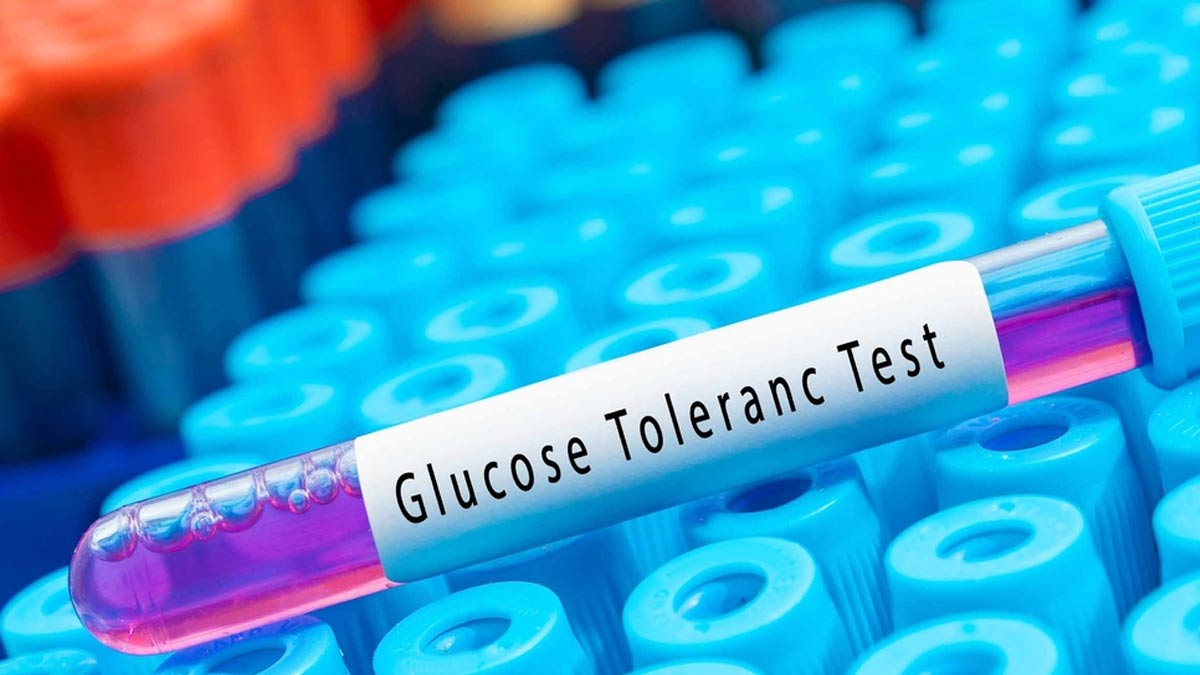
These days, sugar is found in almost everything. Most packaged foods contain some amount of sugar, and knowingly or unknowingly, we often consume more than our body needs. The body processes sugar by breaking it down into glucose, which is then used for energy. However, when this process is inefficient, it can lead to health complications like insulin resistance or prediabetes, which, if left unmanaged, can progress to diabetes.
Table of Content:-
This is where a glucose tolerance test becomes useful. As the name suggests, this test measures how well your body processes sugar. It is often recommended for people at risk of developing diabetes or those showing symptoms. In certain cases, pregnant individuals are also advised to take this test. But first, let’s dive deeper into the role of the glucose tolerance test and understand when it should be used.
Also Read: Diabetes Management: How To Keep Blood Glucose Level In Check
What Is The Glucose Tolerance Test?![]()
In an interaction with the OnlyMyHealth team, Dr Ajay Shah, Managing Director of Neuberg Ajay Shah Laboratory, explains, "The glucose tolerance test (GTT) measures the body’s ability to metabolise glucose and helps diagnose conditions related to impaired glucose regulation."
Simply put, it checks how well your body processes sugar and helps find out if you have problems with your blood sugar levels.
The test is primarily used to detect:
- Type 2 diabetes: Determines how the body handles sugar after a glucose load.
- Gestational diabetes: Screens pregnant women for diabetes that develops during pregnancy.
- Pre-diabetes: Identifies individuals at risk of developing type 2 diabetes by detecting impaired glucose tolerance (IGT).
Steps To Conduct Glucose Tolerance Test
The glucose tolerance test is conducted in several steps:
- Preparation: The individual needs to fast (no food or drinks except water) for at least 8–12 hours before the test.
- Initial Blood Test: A fasting blood sample is taken to measure the baseline glucose level.
- Glucose Drink: The individual consumes a sugary drink containing a specific amount of glucose (usually 75 g for adults).
- Subsequent Blood Tests: Blood samples are taken at specific intervals (typically after 1 and 2 hours) to track how the glucose is processed in the body. The entire process can take 2–3 hours. It's essential to follow instructions regarding fasting and avoid vigorous exercise before the test.
When To Take A Glucose Tolerance Test?![]()
According to Dr Shah, individuals should undergo a glucose tolerance test if they have risk factors for type 2 diabetes, such as obesity, family history, high blood pressure, or a sedentary lifestyle. People with prediabetes should also opt for this test, he adds.
The US Centers for Disease Control and Prevention (CDC) describe prediabetes as blood sugar levels that are higher than normal but not high enough for a type 2 diabetes diagnosis.
GTT is also recommended for pregnant women (usually between 24 and 28 weeks) to check for gestational diabetes.
Ensure that you watch out for symptoms, such as increased thirst, frequent urination, or unexplained weight loss, all of which could suggest diabetes.
Also Read: What Does An Ideal Breakfast Look Like For Diabetics: Foods To Eat And Avoid
Understanding Test Results
Healthcare providers interpret GTT results by comparing blood glucose levels at each interval against established thresholds:
- Normal results: Blood glucose levels return to normal within 2 hours (below 140 mg/dL).
- Impaired glucose tolerance (pre-diabetes): Blood glucose levels are higher than normal but not high enough for a diabetes diagnosis (140–199 mg/dL after 2 hours).
- Diabetes: A 2-hour blood glucose level of 200 mg/dL or higher confirms diabetes. Abnormal results indicate that the body is having difficulty regulating glucose, which can signal pre-diabetes, type 2 diabetes, or gestational diabetes.
Things To Keep In Mind Before Getting The Test![]()
If you’re someone who is going to take the glucose tolerance test or know someone preparing to take it, here are some things to keep in mind before the test:
- Follow the healthcare provider's instructions on fasting for 8–12 hours.
- Avoid strenuous physical activity the day before the test, as it can affect glucose levels.
- Inform the healthcare provider about any medications you or your loved one is taking, as some drugs can influence glucose metabolism.
- Ensure a relatively stress-free state, as stress can elevate blood sugar levels.
- Pregnant women should inform their doctors of any complications or previous diagnosis of gestational diabetes before the test.
Conclusion
The glucose tolerance test is an effective tool to identify how efficiently your body processes sugar, helping to detect potential issues such as prediabetes, type 2 diabetes, and gestational diabetes. Regular screening, especially for those at risk or experiencing symptoms, is crucial for early detection and timely management, and by understanding your body’s glucose tolerance, you can take proactive steps. It is always better to consult with a healthcare provider to assess your risk and determine if a glucose tolerance test is appropriate for you.
Also watch this video
How we keep this article up to date:
We work with experts and keep a close eye on the latest in health and wellness. Whenever there is a new research or helpful information, we update our articles with accurate and useful advice.
Current Version


